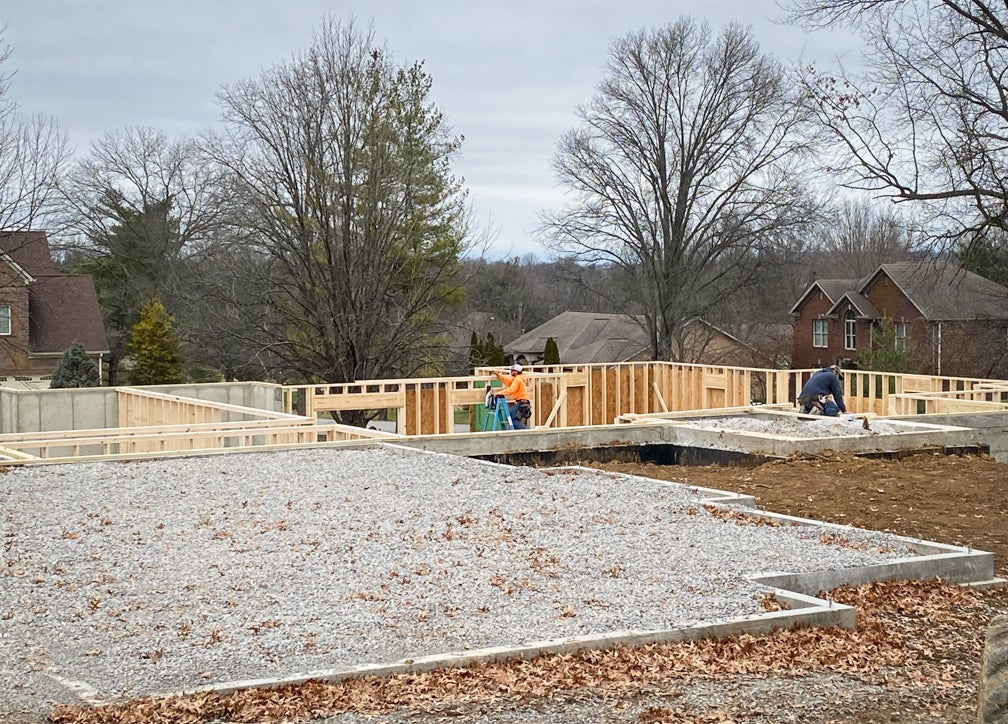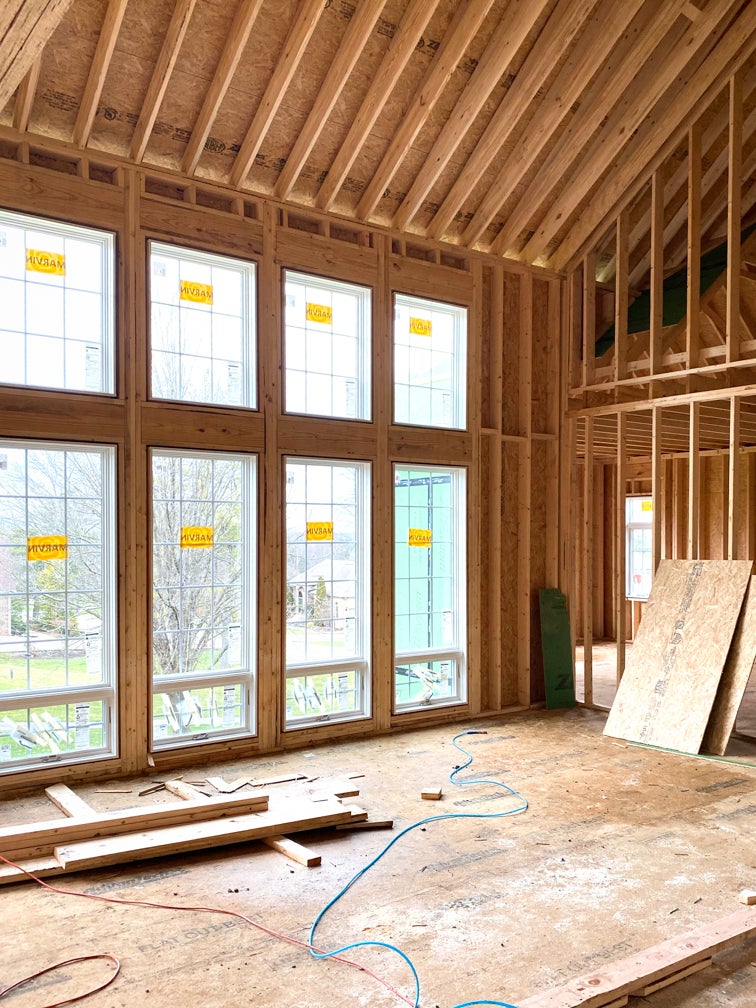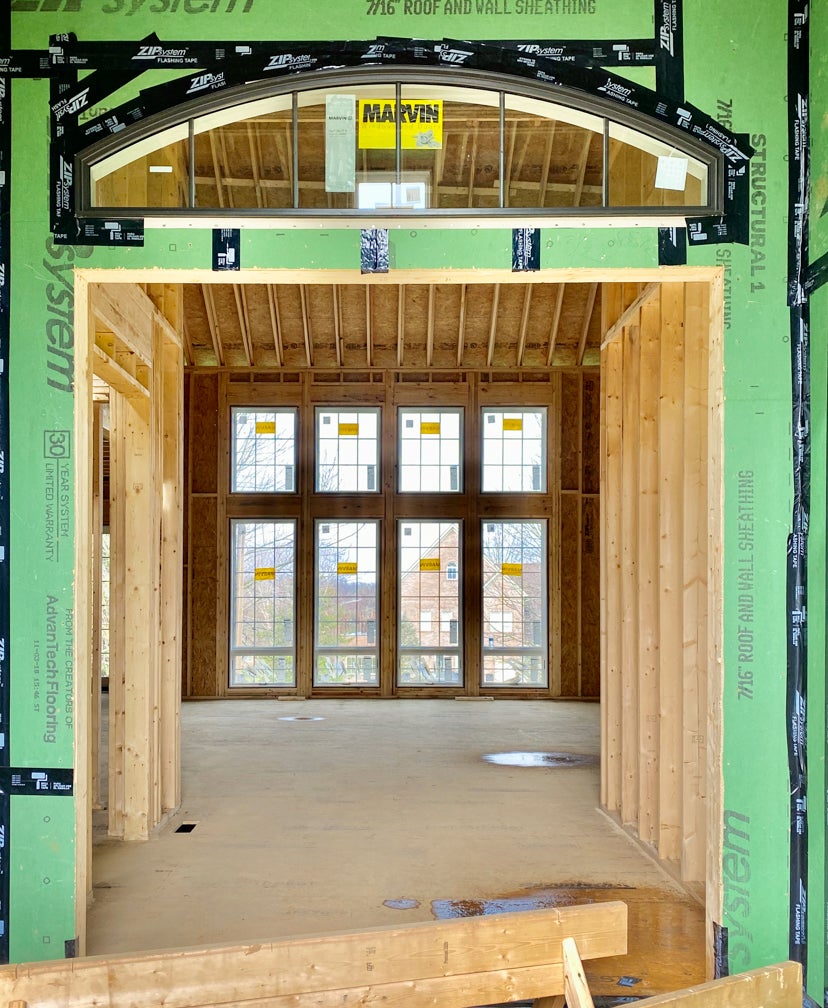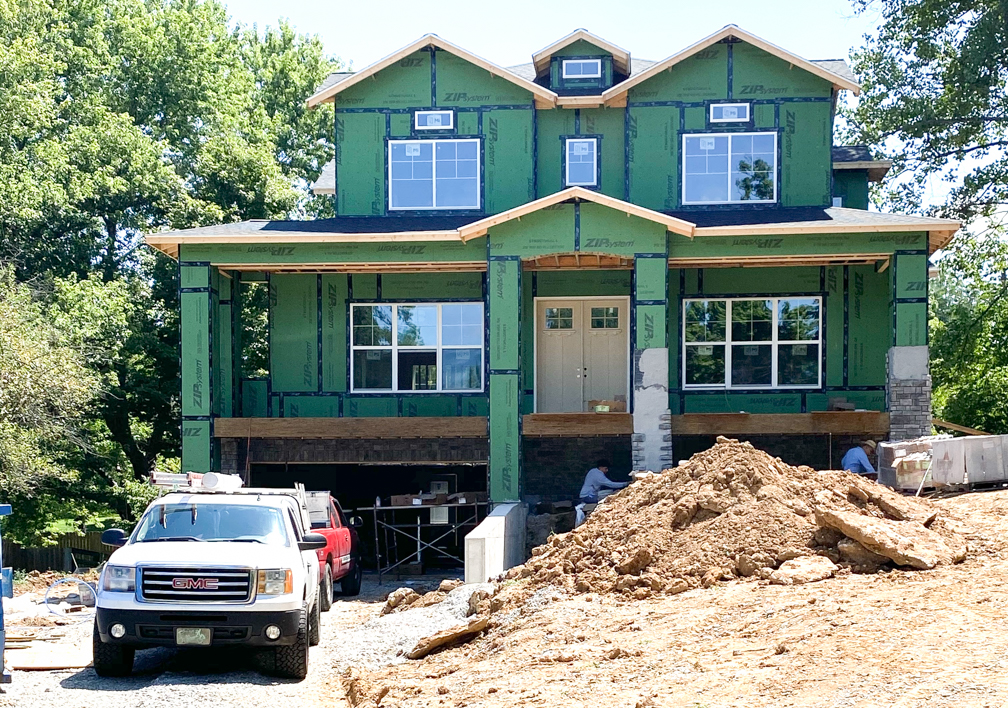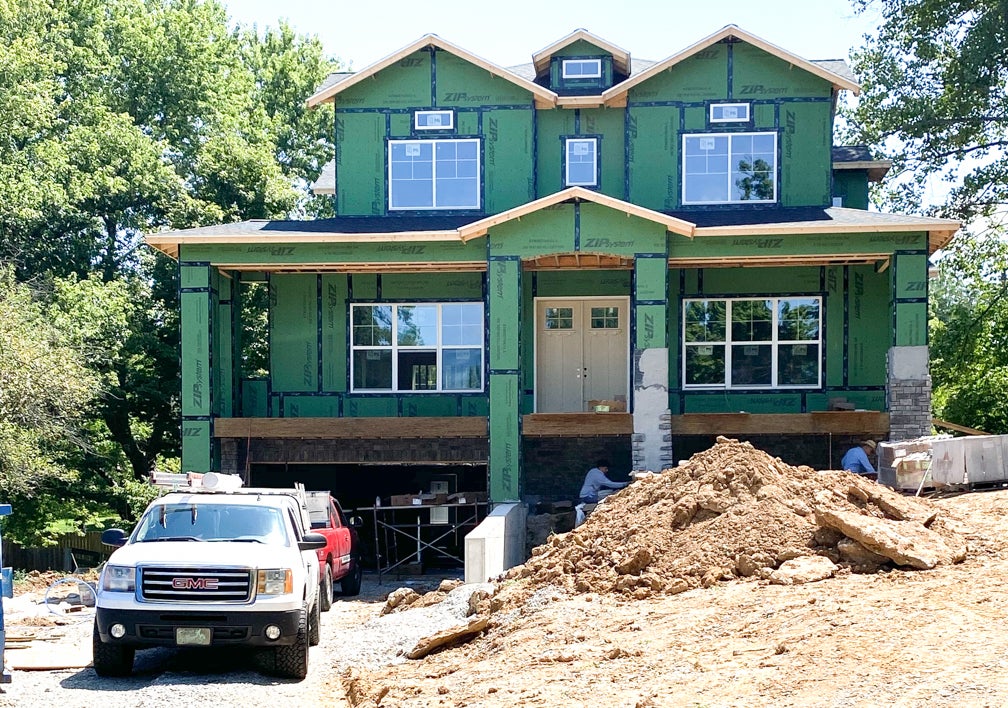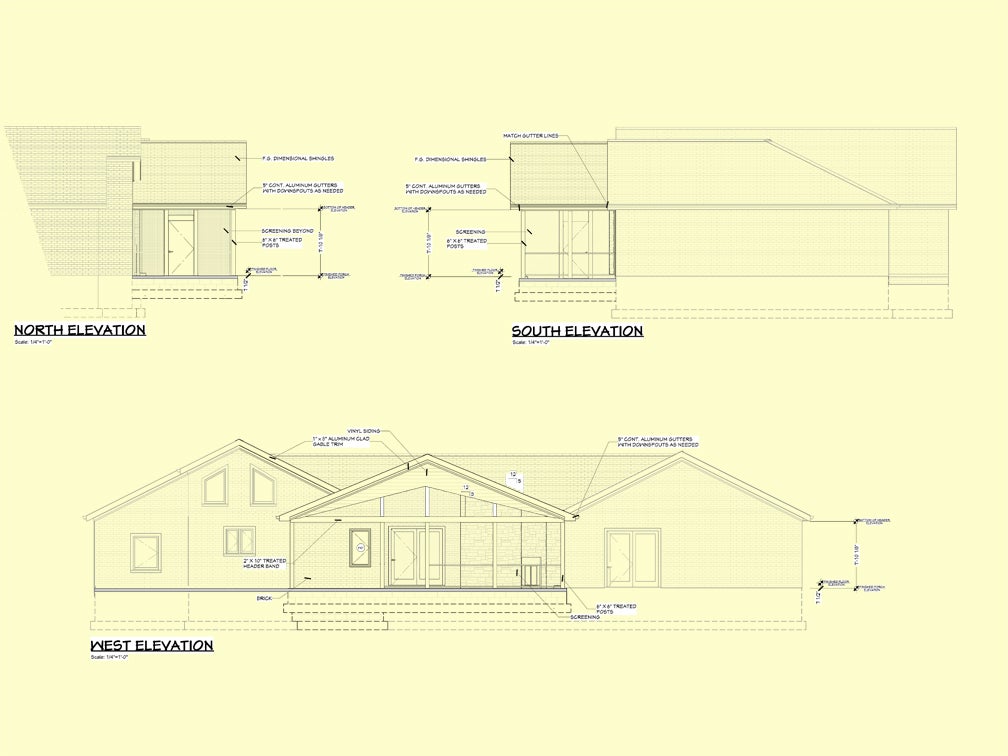As a residential interior designer, I thrive in a world of all things construction. A professional designer is not “just a decorator.” I primarily focus my business on the demolition and reconstruction of existing kitchens, bathrooms and the remodeling of homes. That is what the market for projects in an established community like Frankfort entail. But recently, there has been a resurgence of new construction, and in custom homes providing a lot of owner input.
While I am a firm believer in the “recycling” of homes through renovation, there is a certain appeal for new construction — new trends or design, new materials and new systems. Renovation projects are harder because they require adaptation. New construction starts with a blank slate. It can go in any direction. If you are contemplating the construction of a new home, it is helpful to understand the many decisions and details that go into a project. A firm grasp of these details, all of the details, can help give you courage for new construction.
- The Plan. The hardest decision is the one that gets you started. Where is the land? Is it suitable for building? Has the cost of the land been included in the budget? Are there building restrictions? With the online ability to search for detailed home plans, the task of finding a home plan could be easy — or not. Many architectural firms compete for your attention. There are thousands of plans. Sorting out the one plan that meets your needs becomes your hardest decision and becomes a lesson in patience. Tip: While the popularity of basements has not diminished, the availability of basement ready lots is limited. There have been many budgets blown by the excavation of a lot full of rock. It is extremely important to match the floor plan of the house to the lot.
- 2. The Builder. As important as the building plan is the selection of the builder. Rather than try to cobble together a dozen subcontractors on your own, rely on a builder to bring all of the tradespeople to get the house built with quality practices, and as fast as possible. Most builders want to build the home as fast as you want it built. They are in the business of building more homes and they make their money by being timely. It is not just about price. Find a builder with experience. Make sure to check references, and if possible, take the opportunity to walk through one of their previously constructed homes. Tip: Local builders generally subcontract local tradespeople. That means more hours on the job site and less travel time.
- 3. The Designer. Even the most accomplished do it yourself decorators need help with elements they are likely not familiar with. This is the difference between designers and decorators. Designers look at all aspects, including a coordinated plan for exterior materials, like the roof, the brick or stone, the exterior trim color, and door color. Likewise, the inside materials are important. From flooring, tile, paint, door styles, plumbing fixtures, faucets, toilet and tubs, lighting, door hardware, and cabinetry. Even if you feel you have all of the elements pre-selected, a fresh eye that can look at the broad picture can help. Tip: More than anything else, the scale of lighting is the feature where most homeowners fail. All of these features require an experienced eye. Most designers will work on an hourly basis to assist with the many aesthetic decisions.
- 4. The Materials. It is important to understand that all of the materials, both exterior and interior, need to work together. For instance, there are dozens of stone options. Many incorporate multi-color patterns that when used on large areas tend to overpower any other feature. For exterior surfaces, neutrals are best. Creativity with interior surfaces is a little easier. Tip: Try to avoid trends, or color and pattern options that are not appealing to the masses. At some point the trend will fade, or the house will be sold. Transition from room to room should have a certain amount of flow. Materials throughout the house should relate to each other.
- 5. The Results. When all is said and done, you will have a masterpiece that you created. Your decisions make your new home, yours. By following general guidelines, you can avoid mistakes and delays. Rely on the professionals. You may be the best lawyer, accountant, teacher or salesperson, but don’t assume you know how to make every decision required for new home construction. Tip: It can be an enjoyable, once in a lifetime process, but seek help from a professional with experience.
